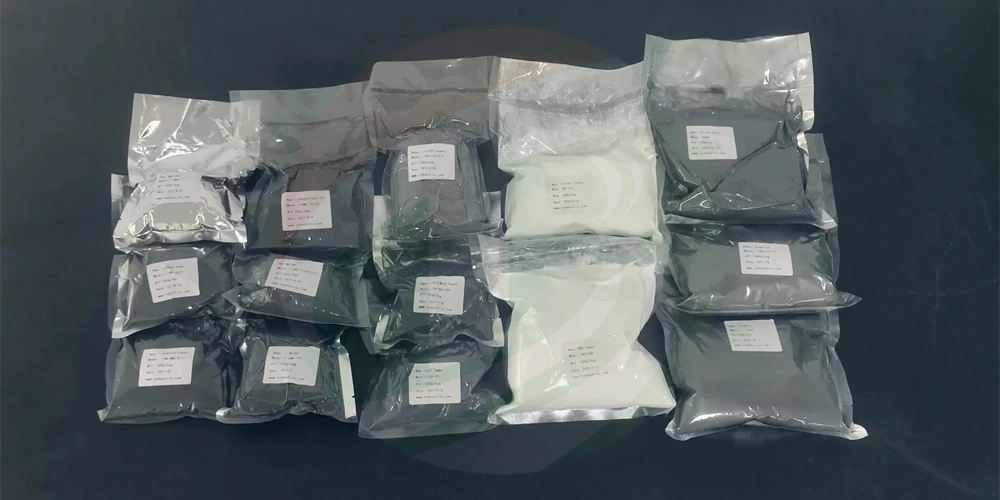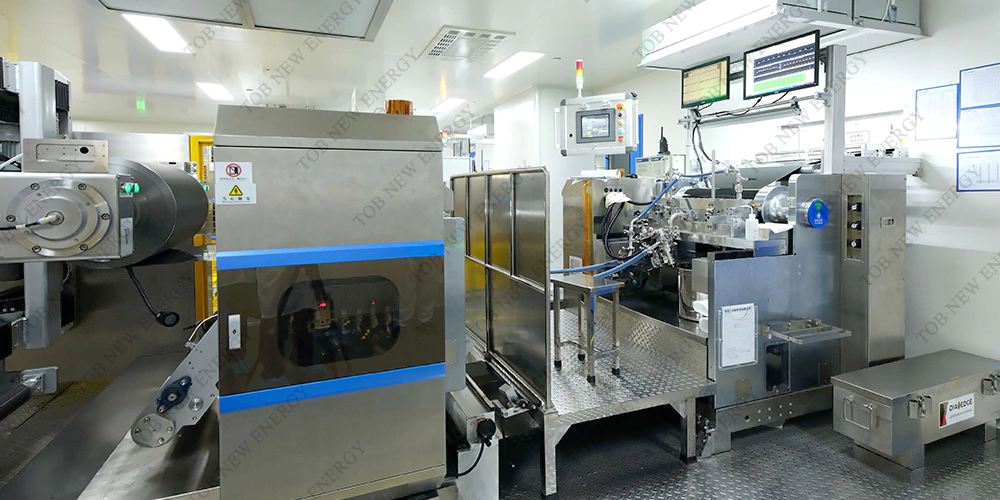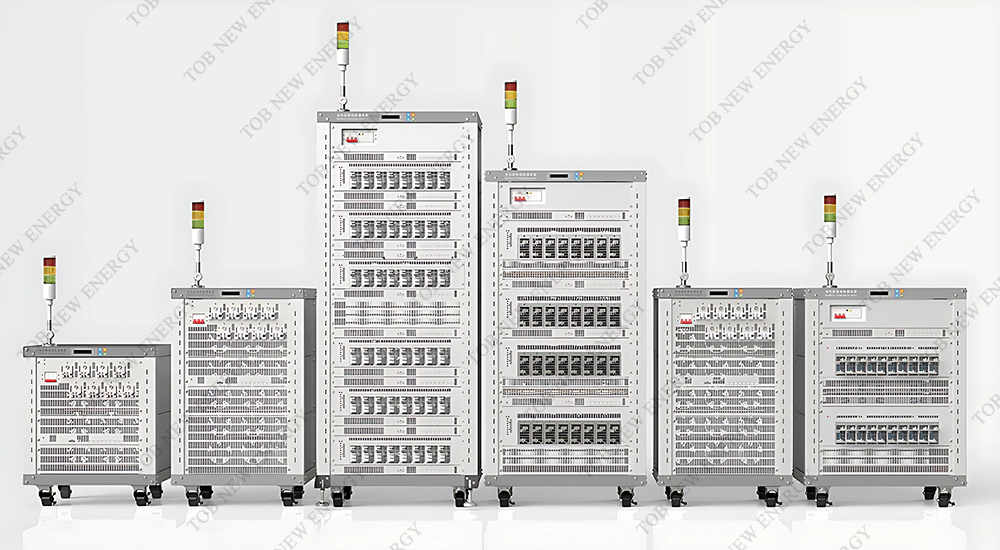Lithium-ion cylindrical batteries are widely used in many electronic devices due to their high energy density and long cycle life. In this article, we will describe the production process of lithium-ion cylindrical batteries in detail.
1. Lithium-ion Battery Material Preparation
The first step in the production process is the preparation of raw materials. The raw materials used for lithium-ion batteries include cathode materials, anode materials, electrolytes, and separators. These materials must be of high purity to ensure the quality of the battery.
Cathode materials are typically made of lithium iron phosphate (LFP), lithium nickel cobalt manganate (NCM), lithium cobalt oxide (LCO), lithium manganese oxide (LMO), or lithium nickel cobalt aluminum oxide (NCA). Anode materials are typically made of graphite, while the electrolyte consists of lithium salts and solvents. The separator is typically made of polyethylene or polypropylene.

2. Electrode preparation
The next step is the preparation of the electrodes. The cathode and anode materials are first mixed with a binder and a solvent to form a slurry. The slurry is then coated onto a current collector, which is typically made of aluminum for the cathode and copper for the anode. The coated current collector is then dried to remove the solvent and form a solid film. The thickness and density of the coated film must be carefully controlled to ensure proper battery performance.

3. Assembly
Once the electrodes are prepared, the battery is assembled. The cathode and anode are rolled up with a separator in between to form a cylindrical shape. The rolled-up electrode is then inserted into a metal can, which serves as the outer casing of the battery. The can is then filled with electrolyte, and a sealing lid is placed on top.
4. Formation
Once the battery is assembled, it is subjected to a formation process. The formation process involves charging and discharging the battery multiple times to activate the electrodes and stabilize the battery performance. The formation process must be carefully controlled to ensure the proper formation of the battery.
5. Testing
After the formation process, the battery undergoes rigorous testing to ensure that it meets the required specifications. The testing includes measuring the battery's capacity, voltage, and internal resistance. Any battery that does not pass the testing is rejected.

6. Packaging
Once the battery passes the testing, it is packaged and labeled. The packaging includes adding insulation material to the battery to prevent short circuits and labeling the battery with the required information such as the capacity and voltage. The packaged battery is then sent to a warehouse for storage or directly to a customer.
7. Recycling
At the end of the battery's life, it can be recycled to recover the valuable materials such as lithium, cobalt, and nickel. The recycling process involves crushing the battery to separate the electrodes, and then chemically processing the electrodes to recover the metals. Proper recycling of lithium-ion batteries is important to reduce environmental pollution and conserve natural resources.
In conclusion, the production process of lithium-ion cylindrical batteries involves several steps, including raw material preparation, electrode preparation, assembly, formation, testing, packaging, and recycling. Each step must be carefully controlled to ensure the quality and performance of the battery. The production of lithium-ion cylindrical batteries plays an important role in powering many electronic devices and promoting sustainable development.